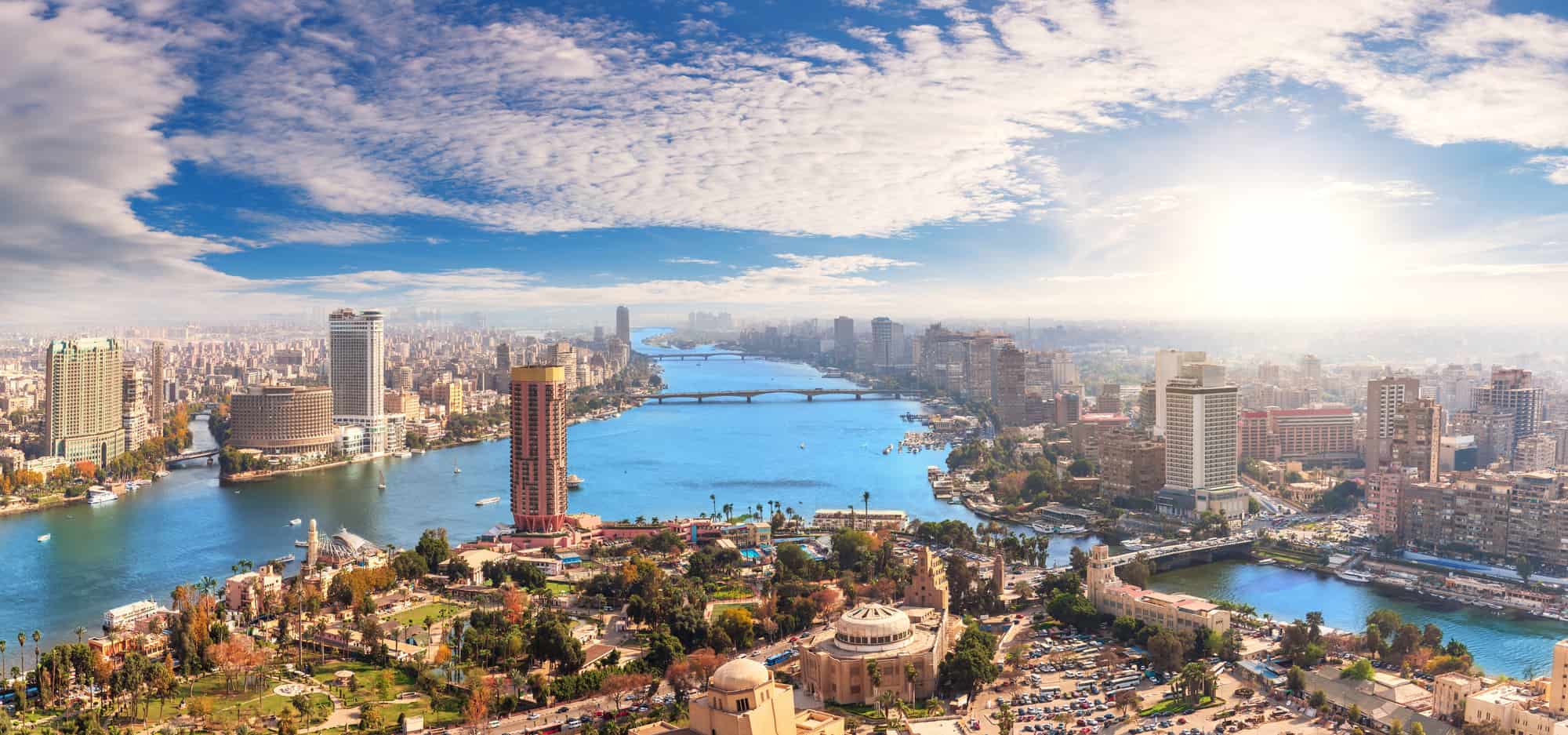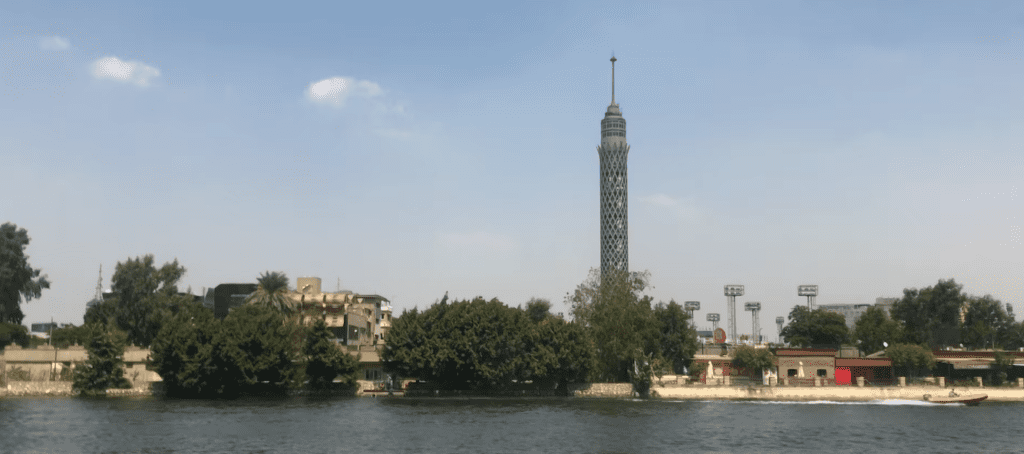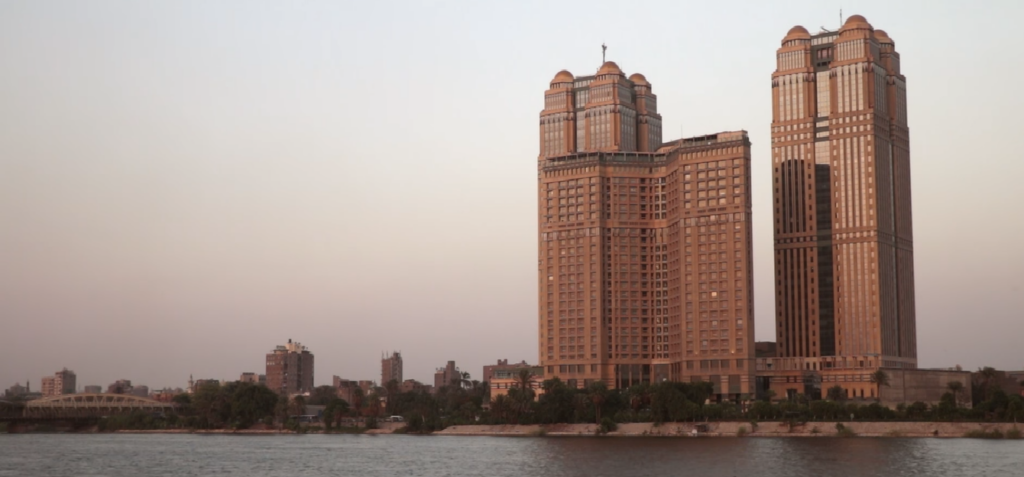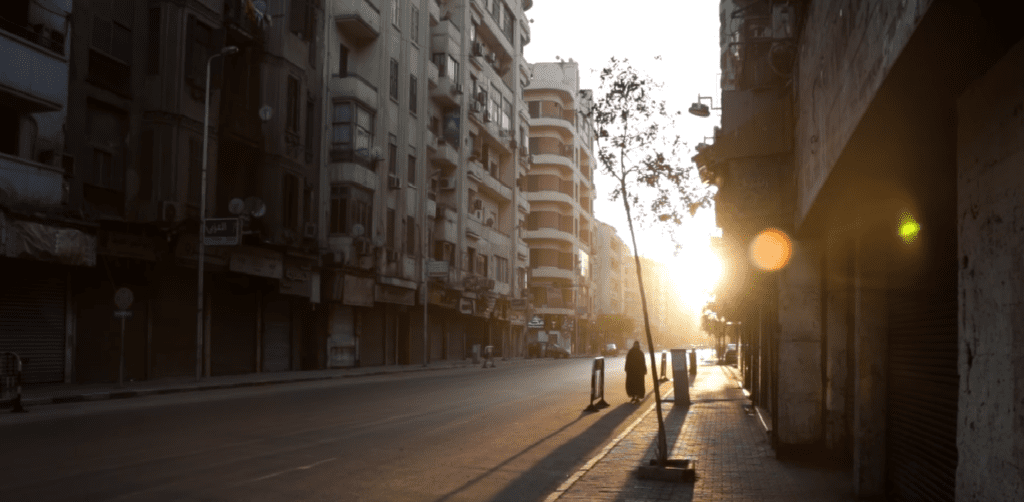Downtown Cairo’s History Lies in its Splendid Streets

Updated On: April 18, 2024 by Salma Ihab
You can get familiar with the history of a place by visiting the museums and other tourist sites; this has always been the traditional way. Reading history books is another way to reveal the past, which is quite enjoyable.
On the other hand, you can just walk the streets of a city and learn about its past from the buildings and the old landmarks. Quite interesting, isn’t it? Well, that is how the history of Egypt is told in downtown Cairo.
Although the streets may look ordinary, they bear remarkable stories that have been told repeatedly through the years. This article will take you on a fascinating trip to the past of those Egyptian streets.
The Long History of Downtown Cairo
Egypt is one of the most ancient countries in the whole world. However, with all its long history, Downtown Cairo is not as old as the city it exists in. It had remained an abandoned land until almost 200 years ago. Yes, Downtown Cairo is that young; it started in the early years of the 19th century.
Before that time, when the fascinating district had become the heart of Cairo, it was an uninhabitable place. It was too dead that even the banks of the Nile River flooded every year and covered the area. That unfortunate state of this district had lasted until Khedive Ismail Pasha had ended it.
Khedive Ismail Pasha, the grandson of Muhammed Ali Pasha, started a campaign whose main objective was to modernise Egypt. Luckily, Downtown Cairo was part of that campaign; it had even taken the most significant share of attention and developments.
Ismail Pasha lived in Paris during his education. Once he returned to Egypt, he wanted to bring the astonishing European styles to Egypt. Successively, he hired a French expertise planner, Baron Haussmann, to set the needed plan for building up the new district.
Khedive Ismail made other contributions to developing modern Egypt. He even established the first Egyptian forest, the Orman Garden, resembling a French Park.
Other developments that took place during the Ottoman Empire: Muhammed Ali’s Palace
A Home for the Elegance and Art
Thanks to the efforts of Khedive Ismail Pasha, Downtown Cairo has become a pulsating region ever since. Downtown Cairo was once home to the affluent and wealthy people in the community.
The elegance that the streets clench was the attracting factor to the elite. For many years, and up till now, the beauty of this neighbourhood has been a muse for the Egyptians and the foreigners as well. It had, and still has, been an inspiration for art lovers.
The streets of Downtown Cairo have witnessed as many photographers and authors as ever. Those artists had lived and enjoyed walking down the streets of the neighbourhood. Most artists that passed by have included Downtown Cairo in their artwork by either writing about it or illustrating its beauty through images.
Downtown’s history is a stacked pile of historical layers; however, gloomily, it is no longer the central point for the elite and the elegant community. Most residents have fled to newer urban districts, including Maadi and Heliopolis.
Consequently, lower segments of the society have inhabited downtown with no room for the elite. However, while looking to the bright side, we will realise that the district has managed to seal some of its elegance and sophistication. Despite the glory that seemed to fade away from the area, Downtown still embraces its famous landmarks and iconic buildings. Although they were never repaired, they still hold onto the taste of grace that was once around.
The Most Famous Downtown’s Landmarks

Downtown Cairo is famous for being an urban with historical and political stories. Conversely, there have also been entertaining spots, mainly cafes and restaurants, which remain alive today.
The most famous cafés and shops are Groppi and Café Riche, some of the downtown landmarks. Most people claim these two restaurants received great hype during their launching phases. But guess what? They managed to stay as demanded as they have ever been, primarily by older people.
Groppi
Wanna know why this café received so great attention that it became a landmark in Downtown? Well, it plays a role in Downtown’s history. The Swiss Groppi family was behind the launch of Groppi. They founded it in 1909- when Downtown Cairo was at its best. That was probably why they chose Talaat Harb Square as the shop’s location.
Groppi is the very first ice cream shop that has ever been in Cairo; it is the most famous as well, for it has been around for almost over a century. During the 80s, the Groppi family gave up the shop ownership and sold it to Abdul-Aziz Lokma. Thankfully, he managed to keep the shop surviving in Cairo until today.
Café Riche
Café Riche came into existence only one year before Groppi did, in 1908. It, too, is another significant part of Downtown’s landmarks. The café had a different name before Henry Recine bought it and changed it to Café Riche. He was a French man who bought the café in 1914; however, he had not kept its ownership for so long. Right away, he sold it to a Greek man, Michael Nikoapolits, but the café’s name had not undergone any changes again.
Café Riche was a meeting hub for artists, intelligentsias, revolutionaries, philosophers, and everyone with a belief to hold onto. People also claim that this café had witnessed more than a few historically substantial events. Café Riche shapes a part of Downtown’s history due to the events throughout the 20th century. It was the place where King Farouk met his second wife. It was also the same place where a failed assassination of the last Coptic Prime Minister of Egypt took place.
Being a meeting hub for firm believers of thoughts and ideas, including the revolutionaries, Café Riche was their meeting point. During the significant revolution of 1919, members of the revolution gathered in the basement of the café. They used to organise their activities there as well.
The Iconic Buildings of Downtown Cairo

The streets of Downtown Cairo are fascinating in so many different ways. Some may think they are so because of the French style and the European influence that dominates the neighbourhood. And, in all conscience, it is hard to disagree with that fact. However, one more startling thing about this neighbourhood is the buildings in the downtown area. There are several buildings within which a wide array of stories has taken place.
Yacoubian Building
The person who owned this significant building was an Armenian man, Hagop Yacoubian. The building used to serve mainly a large segment of the population. Thus, the building itself demonstrated that Downtown Cairo was the core that gathered the elite community in one place, one building even.
The Yacoubian Building was full of stories of people who lived within it. It was at its finest during the ’30s and the ’40s, covering several secrets. Those secrets were later revealed, and those who lived within the building became characters in a novel by Alaa Al-Aswany. Above and beyond, there is an Oscar-winning movie in which Adel Imam starred, entitled Omaret Yacoubian. You can have complete insight into what happened through either of them.
The Diplomatic Club
Since most, if not all, of Downtown’s buildings are influenced by the French styles, the Diplomatic Club is no exception. In 1908, French architect Alexandre Marcel designed the Diplomatic Club. Alexandre Marcel was a designer in demand during the 20th century; he was expressively brilliant. He was also the designer behind the gorgeous splendour of the Baron Palace in Heliopolis. This building was formerly known as Muhammed Ali Club and has been a hub for the elite community.
Tamara Building
Another significant structure of the Downtown’s buildings is the Tamara Building. This building sits on one corner of Gawad Hosny Street. It has been around since 1910. Like the Yacoubian Building, elite people used to inhabit the Tamara Building fully before the significant changes that affected Downtown Cairo.
What is so significant about the Tamara Building is that it is an architectural art. It resembles the buildings’ styles in Queens, New York. It is one of the Downtown buildings whose remaining existence is one of the few reasons Downtown still has an elegant breeze.
The Choice is Yours…

There are so many sites in Egypt that reveal a lot about history. On the other side, there is something more exciting and different from Downtown Cairo. Why? Because tourist attractions and historical places are about a one-day visit that ends when you leave. But, downtown, you can relive the history of the past for as long as you’re in its streets.
Have you ever visited Downtown Cairo? What was your favourite building or shop? Let us know in the comments below.
More Amazing Cairo Blogs: Cairo’s Orman Flower Gardens | Pharaonic Village Cairo | The Pyramids of Giza | Muhammad Ali Mosque | Aquarium Grotto Garden Cairo






